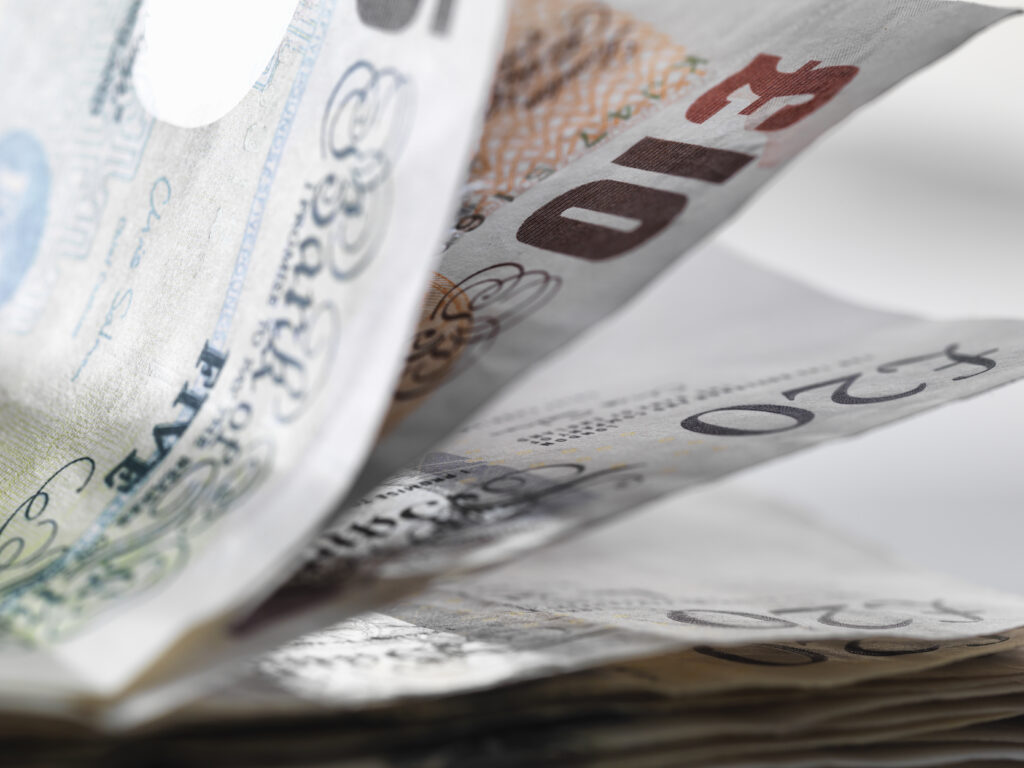Pattern on hunt for acquisitions following IPO completion – CEO
- Interested in data and consulting buys
- The e-commerce and AI narrative likely drove IPO demand
Pattern, the Nasdaq-listed e-commerce accelerator, is targeting acquisitions in the next six to 12 months after completing an IPO, CEO David Wright told this news service.
“We have a couple in the crosshairs – one under tentative LOI,” Wright said.
The firm is targeting non-US-based consulting services to help better understand different e-commerce markets. Pattern is also interested in targeting data businesses to enhance consumer understanding.
“We feel pretty good about where we sit on the AI front, but I think the influential part of AI that not everybody has is data,” he said.
Pattern has been working on large language models (LLMs) and natural language processing tools since before the AI boom, holding AI patents before the generative AI trend took off. The company uses LLMs to create search engine optimization scorecards, where one can ask how a certain brand is performing compared to another brand.
The firm would consider using a banker for these potential acquisitions, he said. He declined to provide financials on potential targets but said the multiples in the consulting area “are fairly inexpensive”.
The company has made several acquisitions, including Amplifi.io – a digital asset management and product information management platform – in 2022. Terms of the deal were not disclosed.
The company is also interested in organically expanding internationally, likely in South Korea and Japan. Its largest markets outside of the US are the UK and Germany, he said. The Middle East is the firm’s fastest-growing region, he added.
Secondly, Pattern is interested in expanding into social commerce – or the direct buying and selling of goods and services within a social media platform. Already big in China, social commerce continues to be a focus area for Pattern and is getting bigger in the US, he said.
Headquartered in Lehi, Utah, Pattern helps brands sell on e-commerce marketplaces like Amazon. It works with brands like Bosch, Kong, and Panasonic, according to its website. Pattern was founded in 2013 as iServe by David Wright and Melanie Alder, who are husband and wife.
The company’s shares debuted on the Nasdaq on 19 September. It priced its IPO at USD 14 each.
Going public
Asked how the firm went about its IPO plans, Wright said, “slogged through it like everybody else”.
Pattern’s founders decided on an IPO as the next stage of its strategic journey to maintain as much ownership, he said.
Post-IPO, the co-founders are expected to retain the majority of shareholder voting power at 86.5%; Knox Lane will hold 4.7%, and Banner Capital 2.5%, according to its S-1 filing.
The firm originally had plans to go public earlier this year, but Pattern got “tariffed”, as Wright puts it.
US President Trump’s announcement of sweeping global tariffs in April pushed back its IPO plans. Being an e-commerce company that moves goods, bankers were telling Wright that “no one is touching this with a ten-foot pole” – even though the firm faced minimal impact, he said.
Mergermarket reported in July that Pattern was preparing to go public, and a source had noted, at that time, concerns about Pattern’s reliance on platforms it doesn’t fully control and macroeconomic pressures on e-commerce services.
Asked about tariff impact, the company has seen “very little churn,” Wright said. The firm has a team that works with clients on navigating potential tariff-driven price changes.
Though Pattern heavily depends on Amazon — the company generates 94% of its revenue from consumer product sales on Amazon, according to its S-1 filing — it is also interested in increasing its presence on TikTok. “We have quite a bit of tech that we built around TikTok, and we’ll see how those continue to evolve,” he said.
Long-only support
Wright declined to comment on how many times the book was oversubscribed by or the hedge funds versus long onlies breakdown, but he noted that there “was a great set of long-onlies”.
About 60% of shares went to the top 10 investors, he said.
Employee participation was significant. USD 7m was allocated internally for employees and was fully allocated. Trading platforms Robinhood and SoFi also attracted more demand than expected, he said.
The company had about USD 215m in cash on hand, he said, adding that the company didn’t really need the money. But the company is at a unique time where AI and e-commerce are coming together, he said.
“We can no longer offer someone stock options and shares to go chase something down – if they can never turn them, say, into a minivan sometime,” he said.
Wright noted that the night before the company’s shares debuted on the market, Pattern added three new employees to the tech team, including a principal data scientist and someone from Google.
Building the float
The hardest part for the company, he said, was creating the float since the firm has been disciplined with capital. But, he said, bankers have told him that he needs about a 10% float for a company to trade – adding that he’s not sure how true that is.
The main demand driver, he said, could have been around the macro thesis around e-commerce and AI, Wright said.
He said that Series A and Series B investors didn’t want to sell. And now being public will help the company compete better with talent, he said.
“They just have actual dollars, we pushed a lot of stock to employees, they have been unable to minivan… and now they can if they want,” he said.











